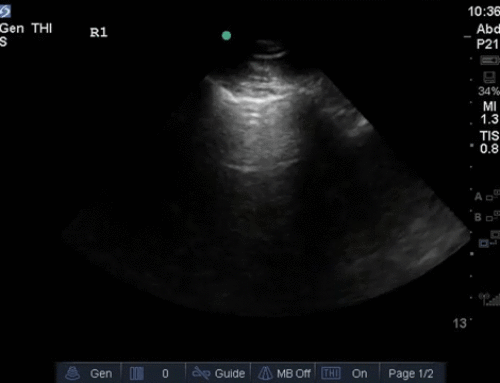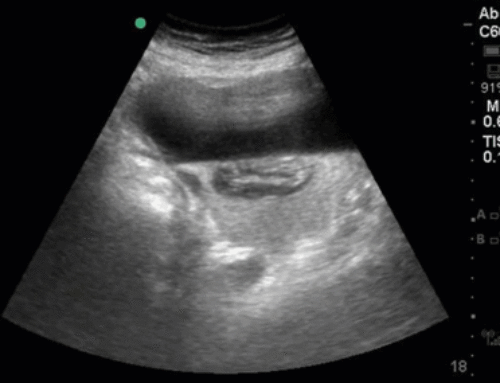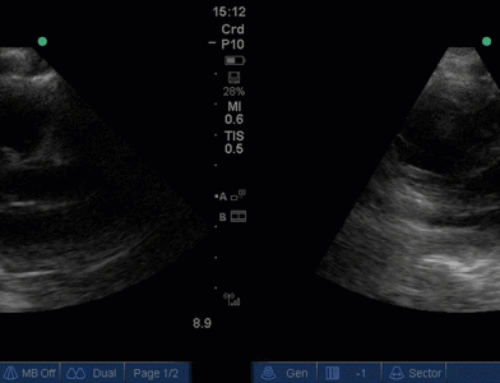The transesophageal approach echocardiography has numerous advantages for those providing resuscitation to the critically ill, including those with cardiac arrest. While the transthoracic approach is often quite useful, quality images in ventilated patients are more challenging. Thus, the reliable, high quality image acquisition of TEE is very attractive for the resus room. It is, however, the continuous nature of TEE – due to the probe being left in-situ throughout the resuscitation – that makes this the ideal tool for the resuscitator. Continuous, live updates on the functional and hemodynamic evolution during a resuscitation, including during CPR, is a sublime experience for anybody who has used this approach.
Given these obvious advantages, it is important that emergency physicians be enabled and empowered to engage in this method of image acquisition.
On October 30th, 15 motivated emergency physicians at Western were exposed to a structured 4 hour curriculum on TEE that included:
-didactic lecture and overview of TEE and focused, limited 2D TEE exam protocol
-haptic simulation: inserting TEE probes (using airway mannequins and actual TEE probes)
-image generation simulation: practice generating TEE views on high fidelity simulator
-TEE image review session
Subjectively, the day was a great success Stay tuned for some more objective metrics regarding its success!
For anybody looking for an excellent, free online resource to better understand TEE and the various views should check out this site.




